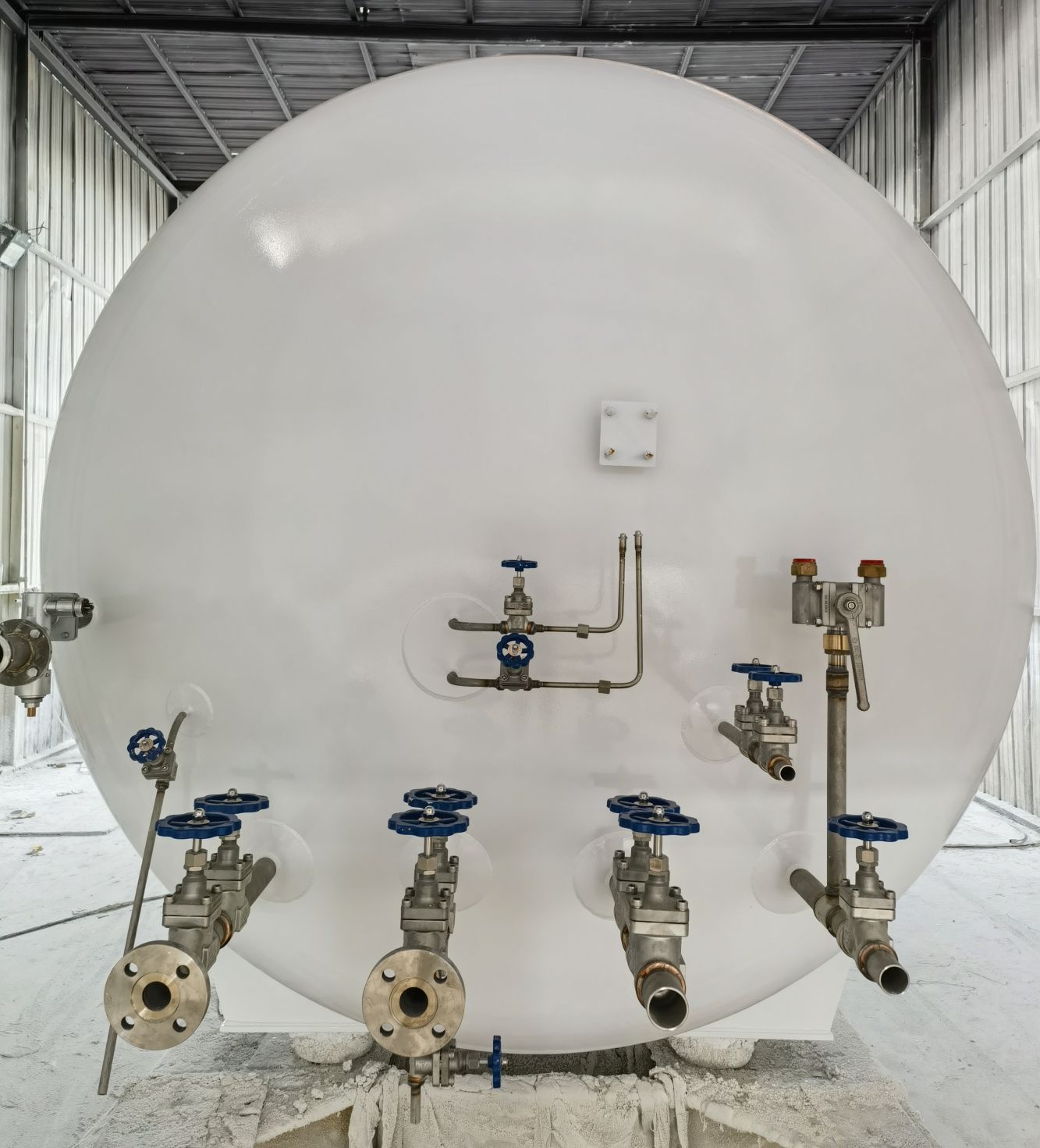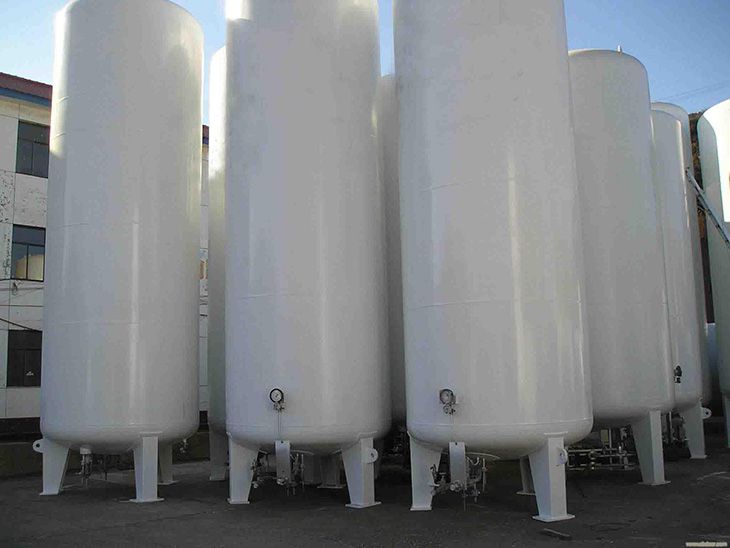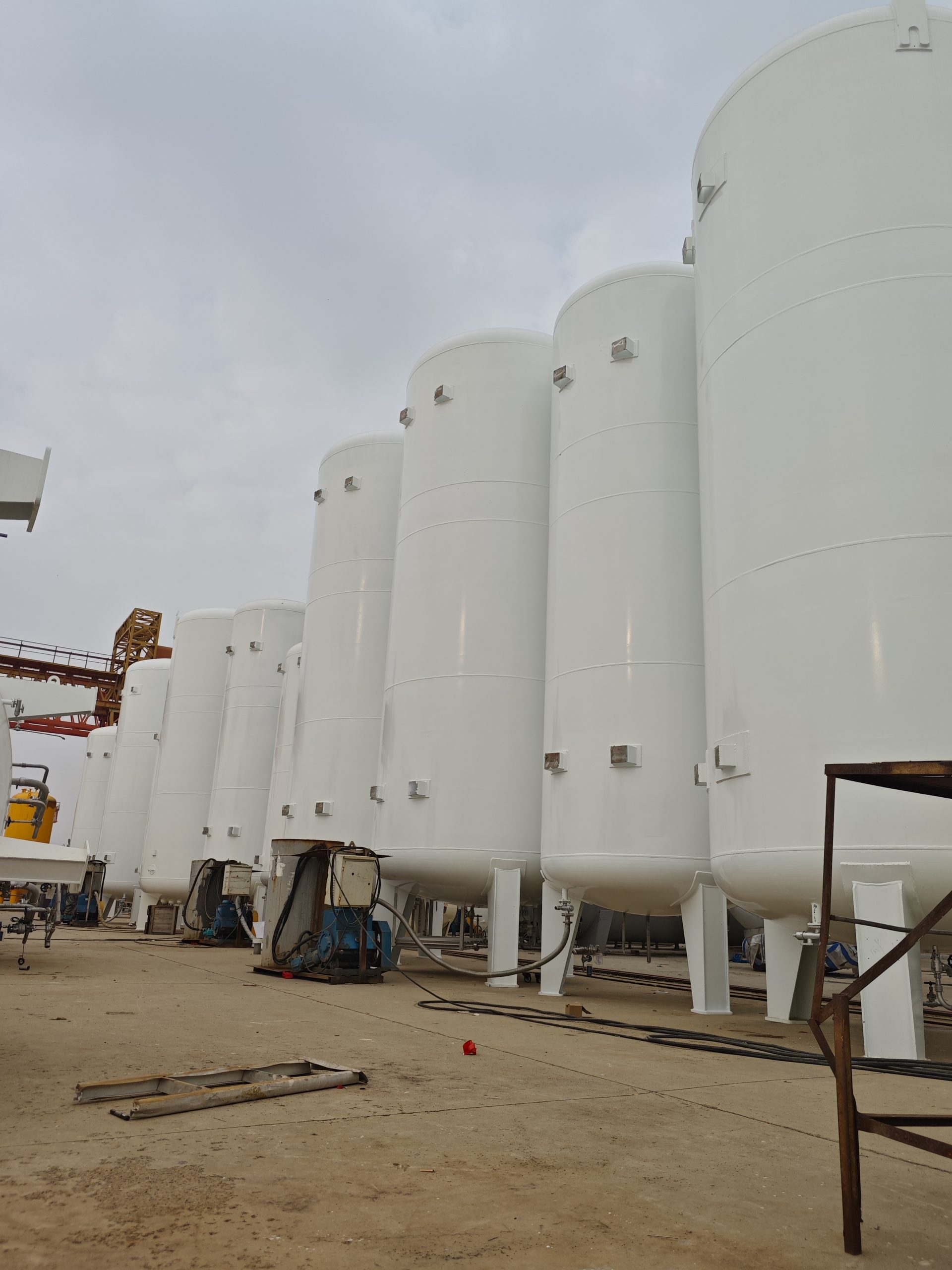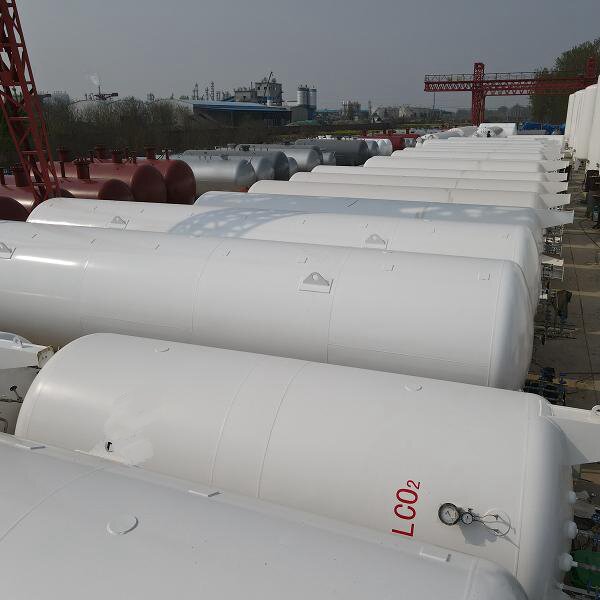Understanding the Significance of LNG Tanks in Industrial Settings
Liquid Natural Gas (LNG) has revolutionized the energy landscape, offering an efficient solution for the transportation of natural gas.
Liquid Natural Gas (LNG) has revolutionized the energy landscape, offering an efficient solution for the transportation of natural gas. The technical parameters of LNG tanks are pivotal in ensuring their safe and optimal operation.
Design and Technical Specifications
LNG tanks are designed with precision, considering factors such as material composition, insulation, and structural integrity. The double-shelled construction, comprising an inner alloy shell and an outer pre-stressed concrete shell, ensures containment and prevents leaks. These tanks often feature advanced automatic protection systems that monitor liquid levels, pressure, temperature, and potential leaks.
Pressure Considerations
Determining the pressure in LNG tanks is a critical aspect of their design. The pressure is maintained slightly above atmospheric pressure to prevent air ingress and ensure the LNG remains in a liquid state. Different pressure requirements may arise based on factors such as transportation, storage, or industrial processes.
Factors Influencing Pressure
Several factors influence the pressure within LNG tanks. Ambient temperature plays a crucial role, as it affects the vaporization rate of LNG. Additionally, the tank’s insulation quality and the type of LNG containment system impact pressure maintenance. Engineers carefully consider these factors to optimize pressure conditions for the specific application.
In conclusion, comprehending the intricate design and pressure dynamics of LNG tanks is essential for their safe and efficient utilization in various industrial processes. The ongoing advancements in LNG technology continue to enhance the performance and reliability of these critical components.






























